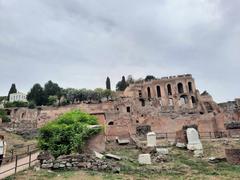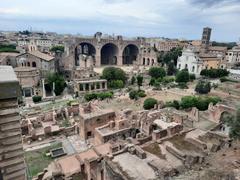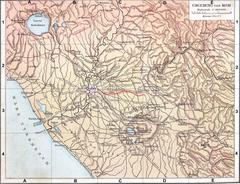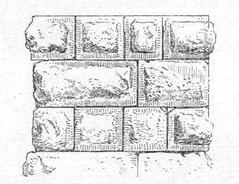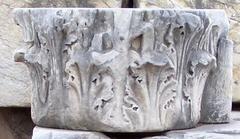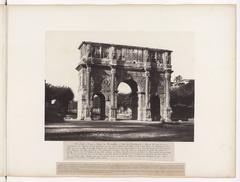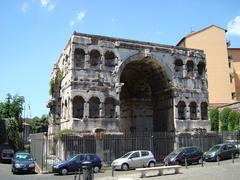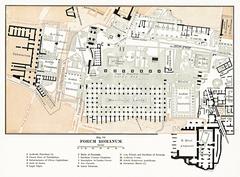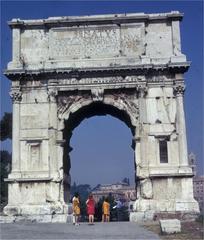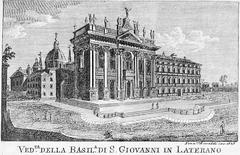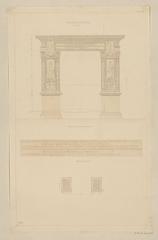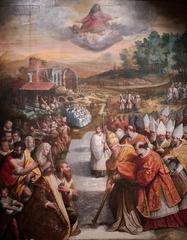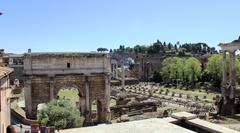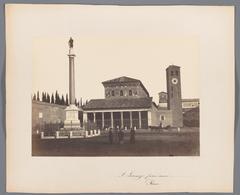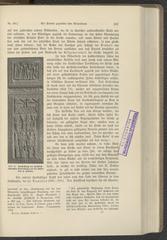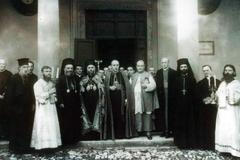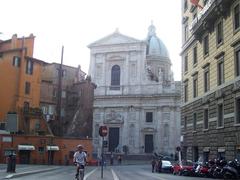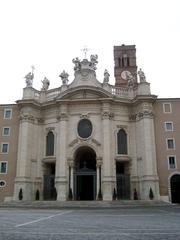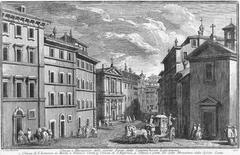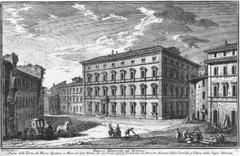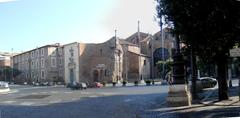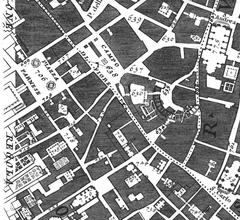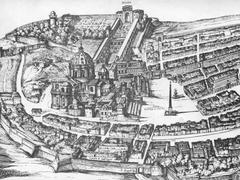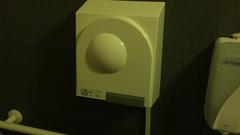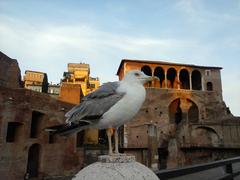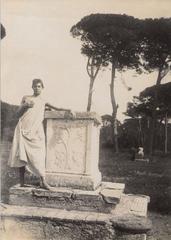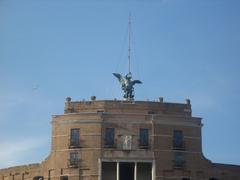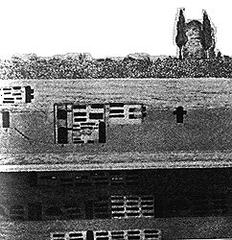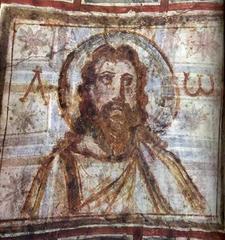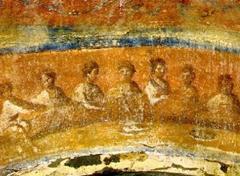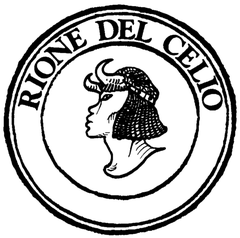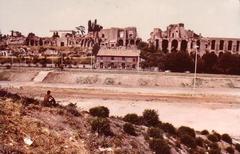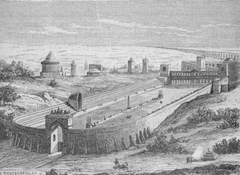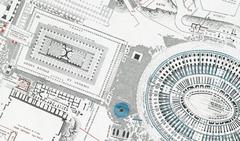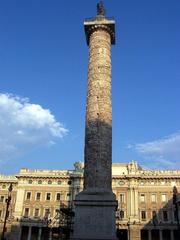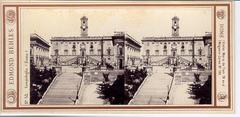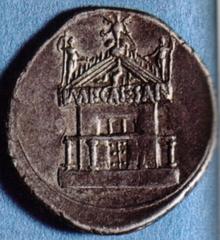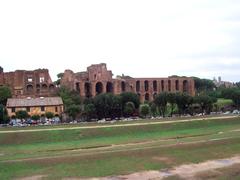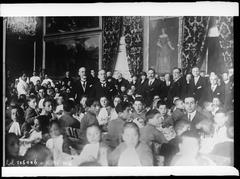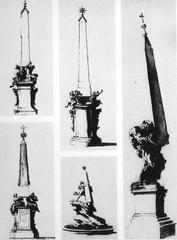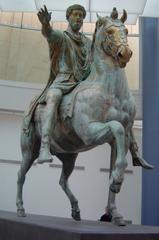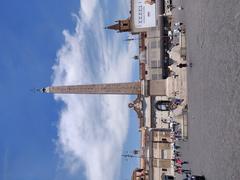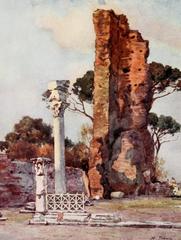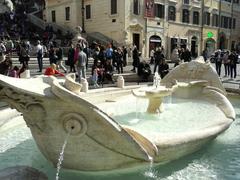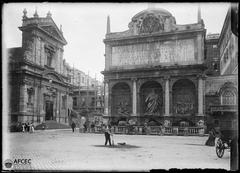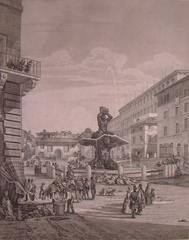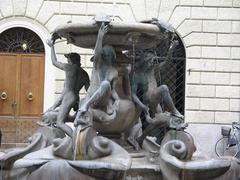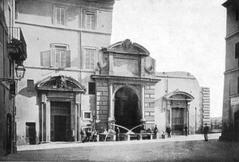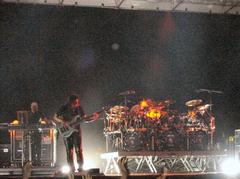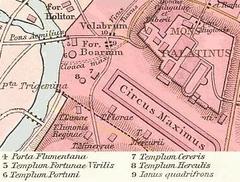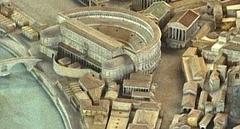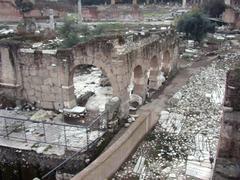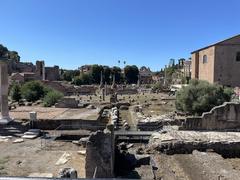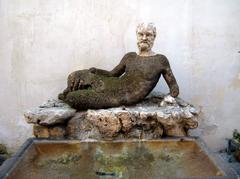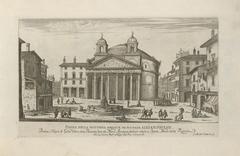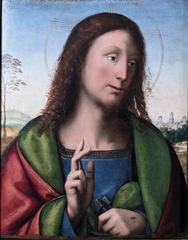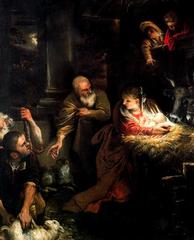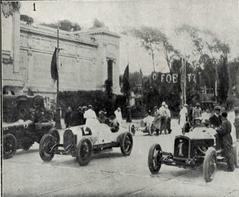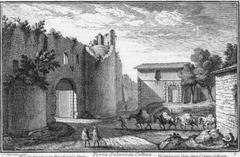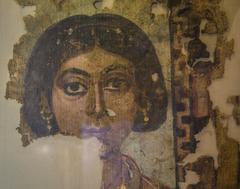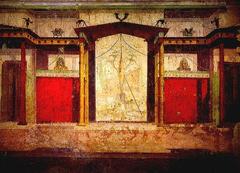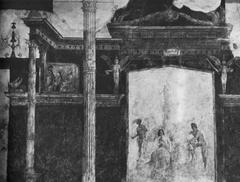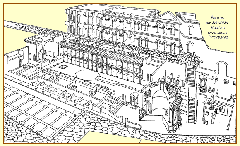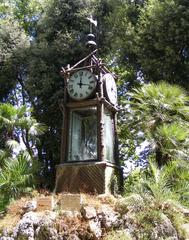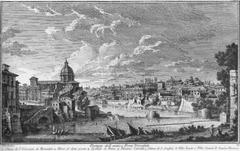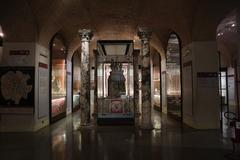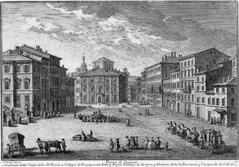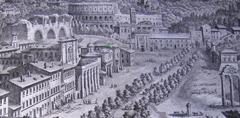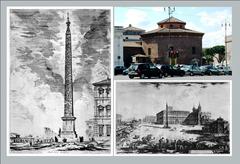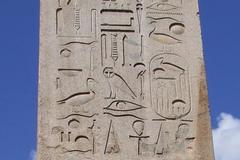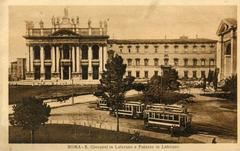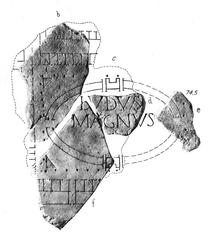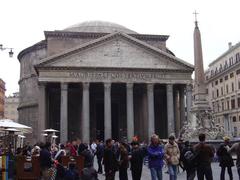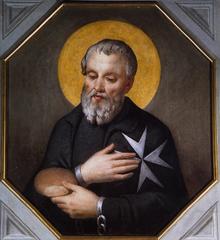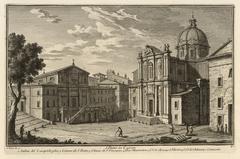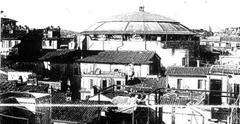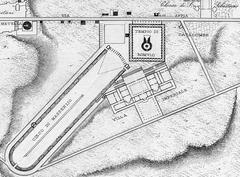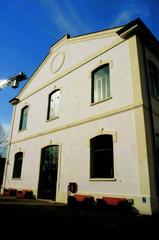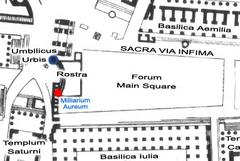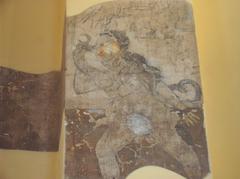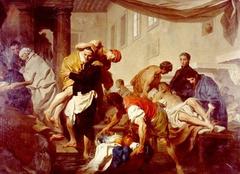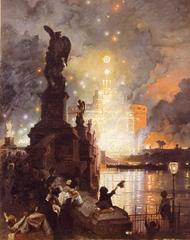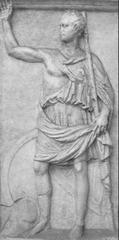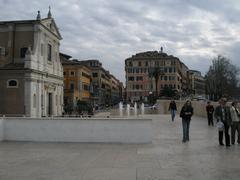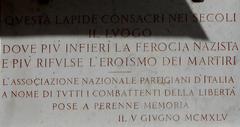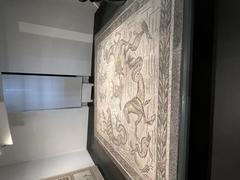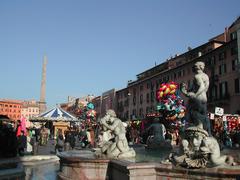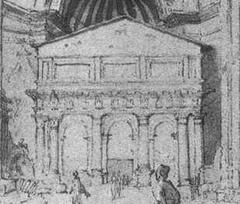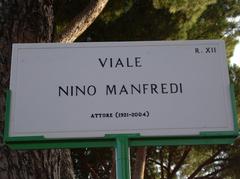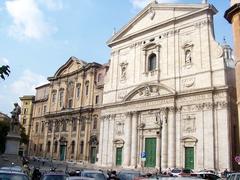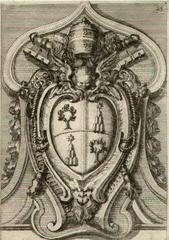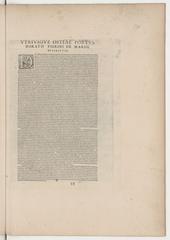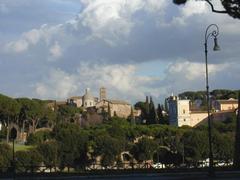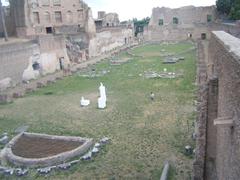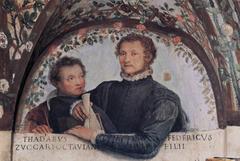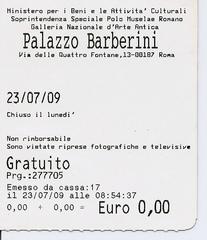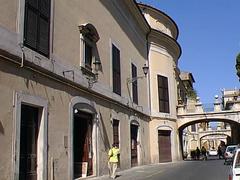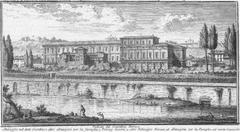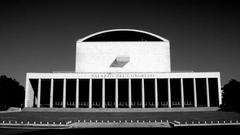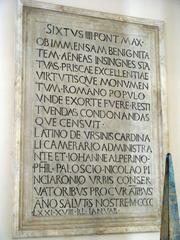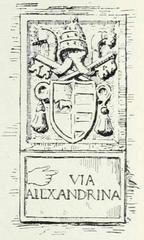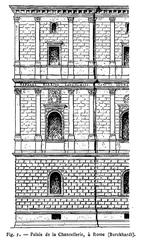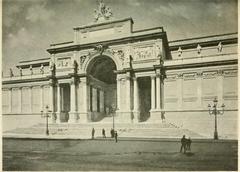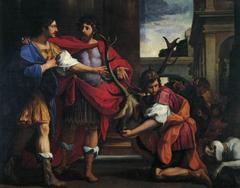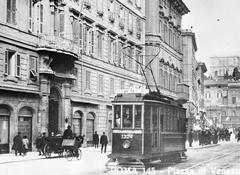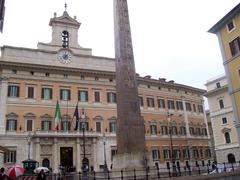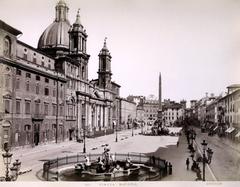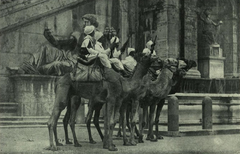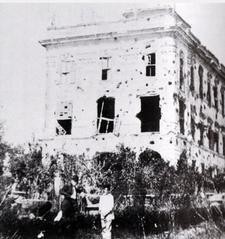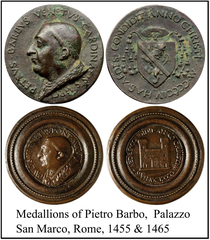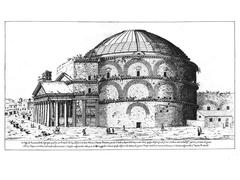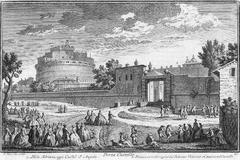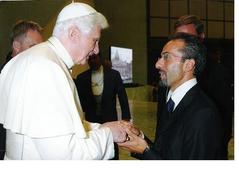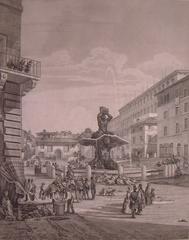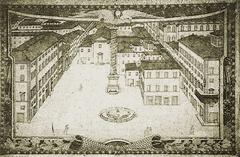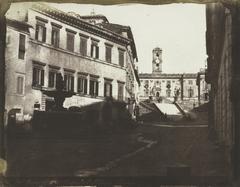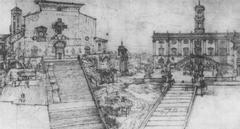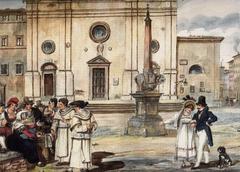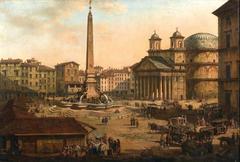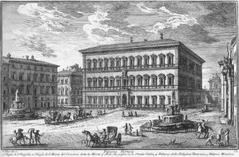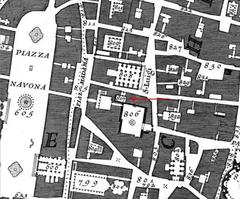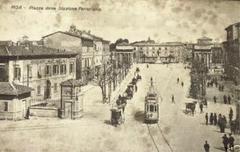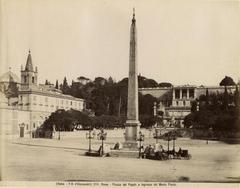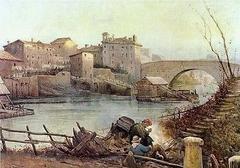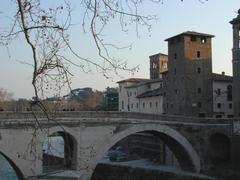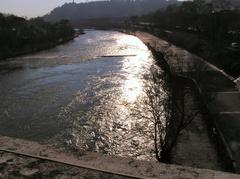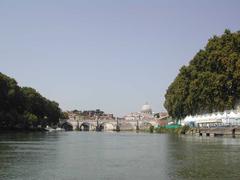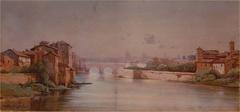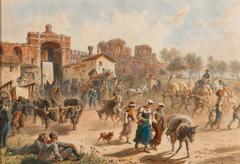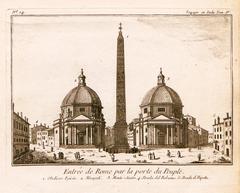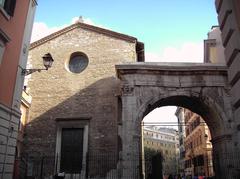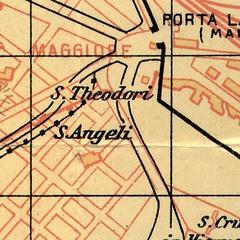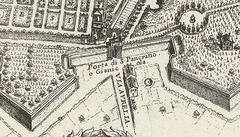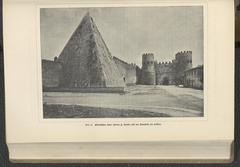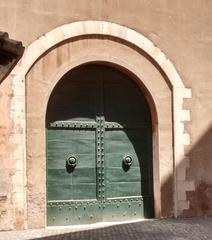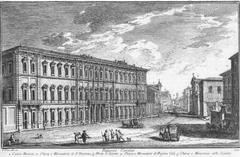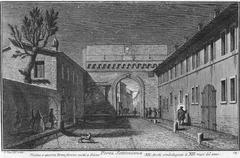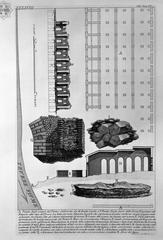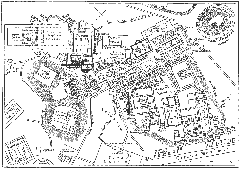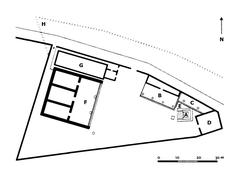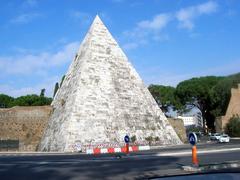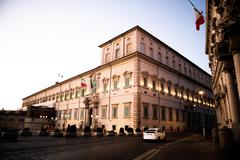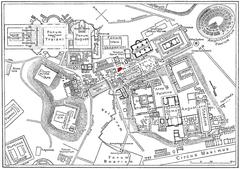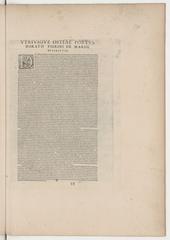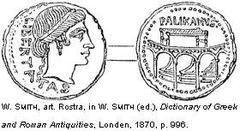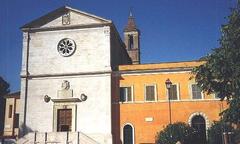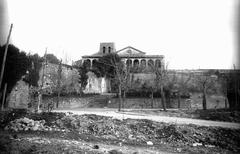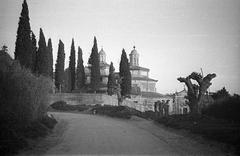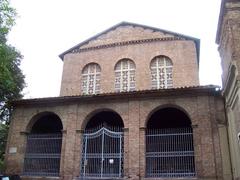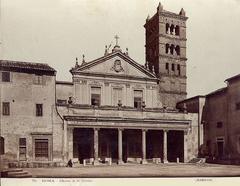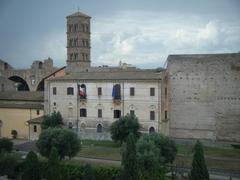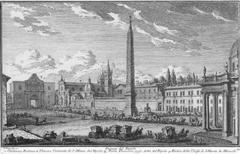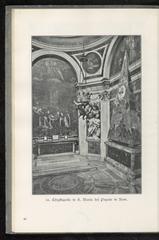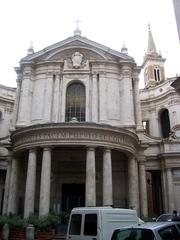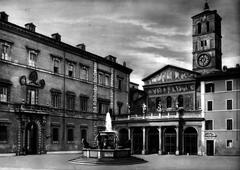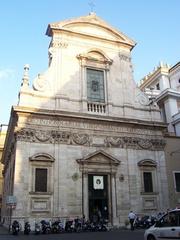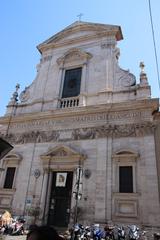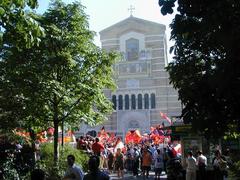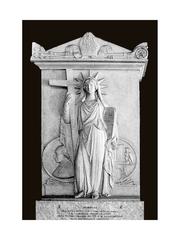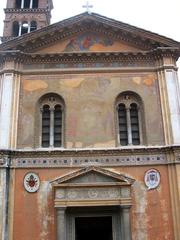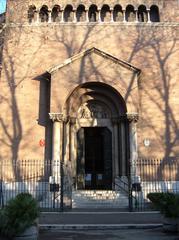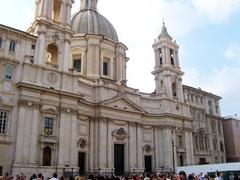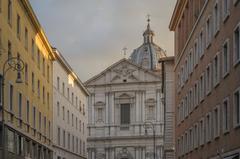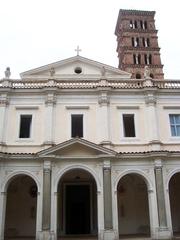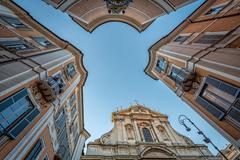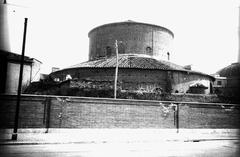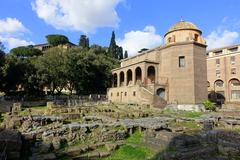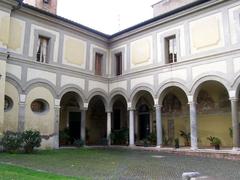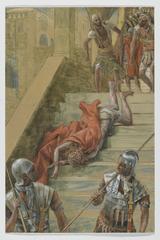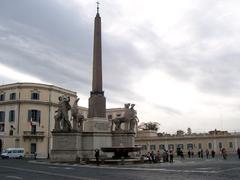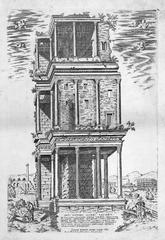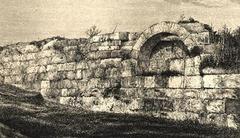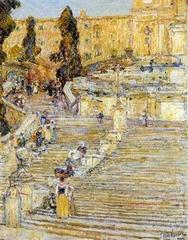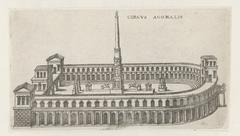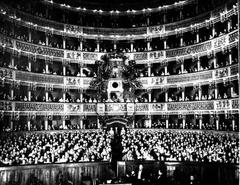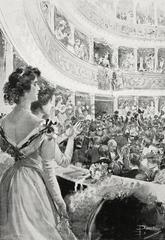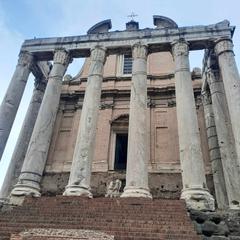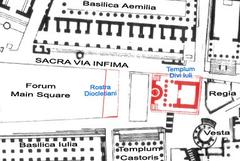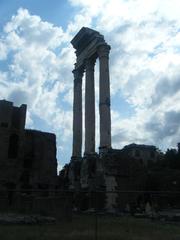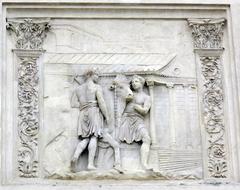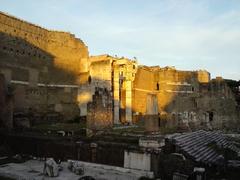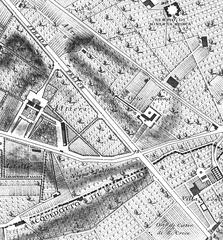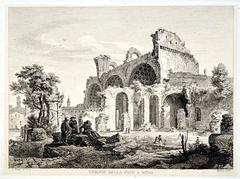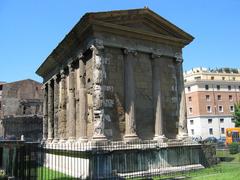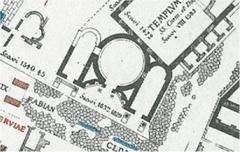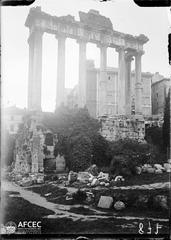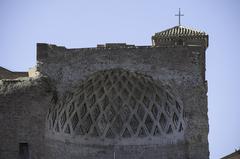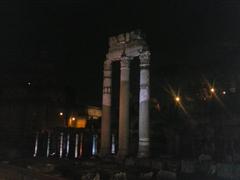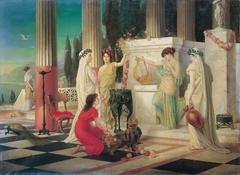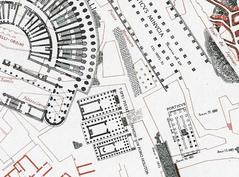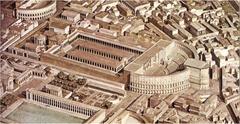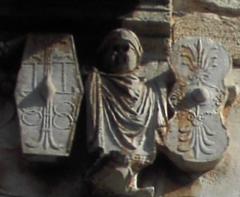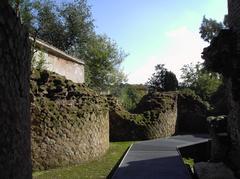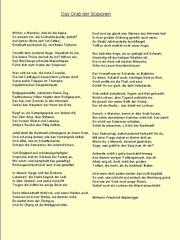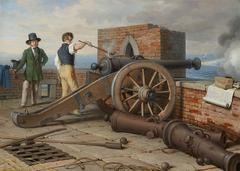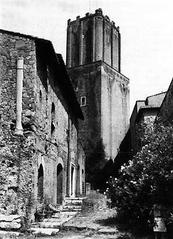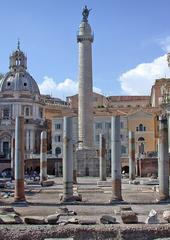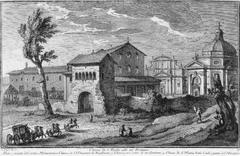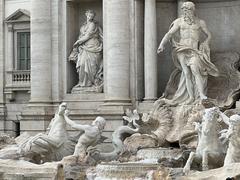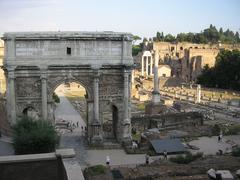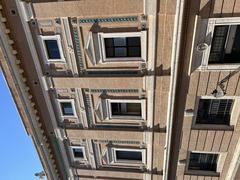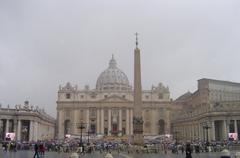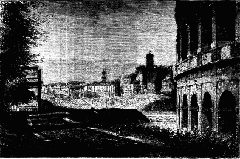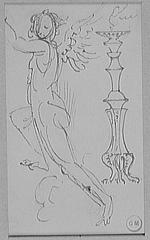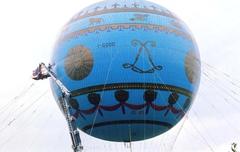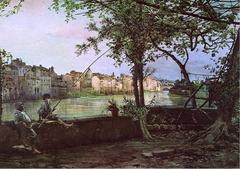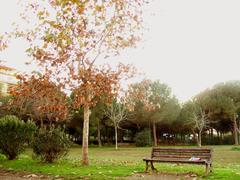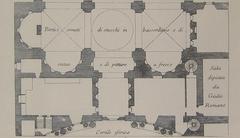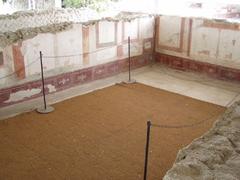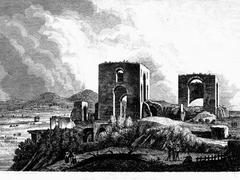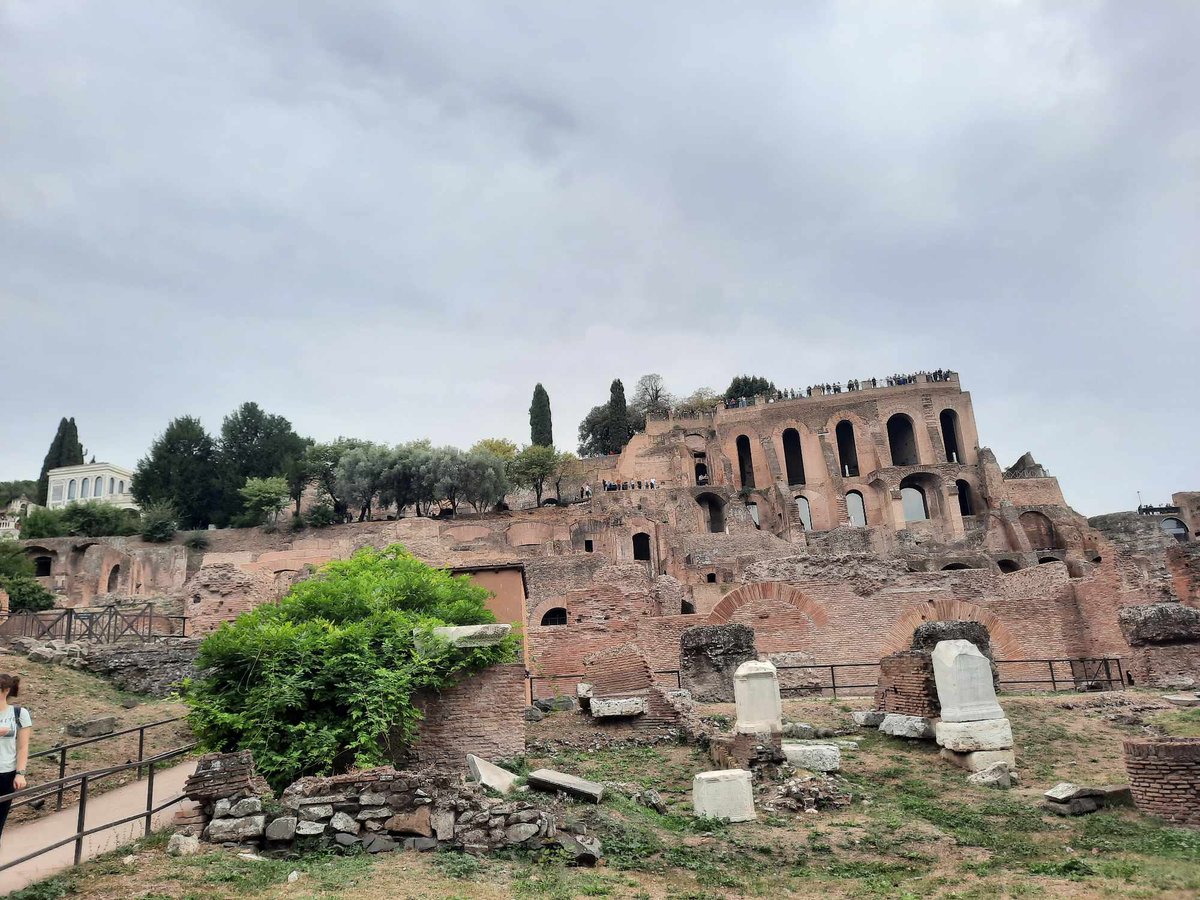
Comprehensive Guide to Visiting Piazza del Foro, Rome, Italy
Date: 16/07/2024
Introduction
Welcome to Piazza del Foro, an iconic landmark situated in the heart of Rome, Italy. This historic site, originally known as the Roman Forum (Forum Romanum), serves as a vivid reminder of ancient Rome’s grandeur and provides a fascinating journey through time for those who visit. The Forum, dating back to the 7th century BCE, was the epicenter of Roman political, commercial, and judicial life. Over the centuries, it evolved from a simple marketplace into a complex of government buildings, temples, and public spaces, adorned with monumental structures and statues. Key constructions include the Temple of Saturn, the Arch of Septimius Severus, and the Basilica of Maxentius and Constantine, which stand as testaments to Rome’s architectural ingenuity and historical significance (Smithsonian Magazine, History.com).
Today, Piazza del Foro operates as an open-air museum, inviting millions of visitors annually to explore its ruins and imagine the vibrant public life that once filled this ancient space. The site not only offers insight into the daily lives of ancient Romans but also reflects the city’s cultural and religious practices. Managed by the Italian Ministry of Cultural Heritage and Activities, the Forum continues to be a focal point of archaeological research and preservation efforts (Italy Magazine, Rome.net). This comprehensive guide aims to provide you with all the essential information you need to make the most of your visit, including historical context, key structures, visitor tips, and nearby attractions.
Table of Contents
- Introduction
- History of Piazza del Foro
- Key Structures and Monuments
- Visitor Information
- Nearby Attractions
- Accessibility and Travel Tips
- Cultural and Historical Significance
- Modern-Day Piazza del Foro
- FAQ
- Conclusion
History of Piazza del Foro
Ancient Beginnings
Piazza del Foro, originally known as the Roman Forum (Forum Romanum), served as the epicenter of political, commercial, and judicial life in ancient Rome. Its origins date back to the 7th century BCE when it began as a marketplace and gradually evolved into a complex of government buildings, temples, and public spaces.
Architectural Evolution
The architectural landscape of Piazza del Foro underwent significant changes over the centuries. Initially, the Forum was a simple open space, but soon monumental structures adorned it. One of the earliest significant constructions was the Regia, the residence of the kings of Rome, which later became the office of the Pontifex Maximus. Another early structure was the Temple of Vesta, dedicated to the goddess of the hearth, which housed the sacred fire of Rome.
During the Republican period, the Forum saw the construction of several important buildings, including the Curia Hostilia, the original Senate House, and the Basilica Aemilia, a public building used for business and legal matters. The Forum also featured numerous statues and monuments, such as the Rostra, a platform for public speeches.
Imperial Transformations
The transformation of Piazza del Foro continued under the Roman Empire. Julius Caesar initiated a major redevelopment of the Forum, including the construction of the Basilica Julia and the Forum of Caesar, which included the Temple of Venus Genetrix. Augustus, Caesar’s successor, further enhanced the Forum by building the Temple of Divus Julius, dedicated to the deified Julius Caesar, and the Arch of Augustus, commemorating his victories.
The most significant changes occurred during the reign of Emperor Trajan, who constructed the massive Trajan’s Forum, which included Trajan’s Column, a monumental column celebrating his victories in the Dacian Wars. The Forum of Trajan was the largest and most elaborate of all the imperial fora, featuring a basilica, libraries, and a market.
Decline and Rediscovery
The decline of the Roman Empire in the 5th century CE led to the gradual abandonment and decay of the Forum. Many of its buildings were repurposed or dismantled for their materials. By the Middle Ages, the once-grand Forum had become a field of ruins, known as the “Campo Vaccino” or “Cow Field,” due to its use as grazing land.
The rediscovery and excavation of the Forum began in the Renaissance, driven by a renewed interest in classical antiquity. Archaeological excavations in the 18th and 19th centuries uncovered many of the Forum’s ancient structures, revealing the grandeur of Rome’s past. Today, Piazza del Foro is an open-air museum, offering visitors a glimpse into the city’s rich history.
Key Structures and Monuments
The Temple of Saturn
One of the most iconic structures in Piazza del Foro is the Temple of Saturn. Originally built in 497 BCE, the temple was dedicated to Saturn, the god of wealth and agriculture. The temple’s ruins, including its eight surviving columns, are a testament to its historical significance. The temple also housed the Roman state treasury, known as the Aerarium.
The Arch of Septimius Severus
Erected in 203 CE, the Arch of Septimius Severus commemorates the victories of Emperor Septimius Severus and his sons, Caracalla and Geta, in the Parthian Wars. The arch is adorned with intricate reliefs depicting scenes of battle and triumph. It stands as a symbol of Rome’s military prowess and architectural ingenuity.
The Basilica of Maxentius and Constantine
The Basilica of Maxentius and Constantine, also known as the Basilica Nova, was the largest building in the Forum. Constructed in the early 4th century CE, it served as a public meeting place and judicial center. The basilica’s massive vaulted ceilings and grand arches exemplify the engineering prowess of ancient Rome.
Visitor Information
Visiting Hours and Tickets
Piazza del Foro is open to visitors year-round, with varying hours depending on the season. Generally, the site opens at 8:30 AM and closes one hour before sunset. It’s highly recommended to check the official website for the most current visiting hours.
Tickets to Piazza del Foro can be purchased online or at the entrance. Prices vary, with discounts available for students, seniors, and groups. Combination tickets are also available, allowing access to other nearby historical sites such as the Colosseum and Palatine Hill. For the latest ticket information, visit the official website.
Guided Tours and Special Events
Guided tours are available and highly recommended for a more in-depth understanding of the Forum’s history and significance. Special events, such as historical reenactments and cultural festivals, are occasionally held at the site, offering unique experiences for visitors. For more details, check the events page of the official site.
Nearby Attractions
Rome is a city rich in history and culture, and several other historical sites are located near Piazza del Foro. These include the Colosseum, Palatine Hill, and the Capitoline Museums. A visit to these sites can provide a comprehensive view of ancient Roman civilization.
Accessibility and Travel Tips
Piazza del Foro is accessible to visitors with mobility issues, with ramps and pathways designed to accommodate wheelchairs. Comfortable walking shoes are recommended, as the site covers a large area with uneven terrain.
Cultural and Historical Significance
Piazza del Foro holds immense cultural and historical significance as the heart of ancient Rome. It was the site of major political events, public speeches, and religious ceremonies. The Forum was also a hub of social and economic activity, where citizens gathered to conduct business, discuss politics, and engage in public life.
The Forum’s architectural and artistic achievements reflect the values and aspirations of Roman society. The construction of grand temples, basilicas, and monuments demonstrated the power and wealth of the Roman state. The Forum’s layout and design also influenced the development of public spaces in cities throughout the Roman Empire.
Modern-Day Piazza del Foro
Today, Piazza del Foro is a popular tourist destination, attracting millions of visitors each year. The site offers a unique opportunity to explore the remnants of ancient Rome and gain insight into the city’s illustrious past. Visitors can walk among the ruins, visit the various temples and arches, and imagine the bustling activity that once filled the Forum.
Efforts to preserve and protect the Forum continue, with ongoing archaeological research and conservation projects. The site is managed by the Italian Ministry of Cultural Heritage and Activities, which works to ensure that future generations can appreciate and learn from this remarkable historical treasure.
For more information on the history and significance of Piazza del Foro, you can visit the official website of the Italian Ministry of Cultural Heritage and Activities.
FAQ
What are the visiting hours for Piazza del Foro?
Piazza del Foro is generally open from 8:30 AM to one hour before sunset. It’s advisable to check the official website for the most current visiting hours.
How much do tickets to Piazza del Foro cost?
Ticket prices vary and can be purchased online or at the entrance. Discounts are available for students, seniors, and groups. Combination tickets are also available for nearby historical sites.
Are guided tours available at Piazza del Foro?
Yes, guided tours are available and recommended for a deeper understanding of the site’s history and significance.
Is Piazza del Foro accessible to visitors with mobility issues?
Yes, the site has ramps and pathways designed to accommodate wheelchairs.
Conclusion
Piazza del Foro stands as a remarkable testament to the grandeur and complexity of ancient Roman civilization. From its origins as a humble marketplace to its evolution into the bustling heart of political, social, and religious life in Rome, the Forum encapsulates centuries of history and architectural achievement. Visiting this iconic site offers a unique opportunity to walk through the remnants of ancient Rome and gain profound insights into its past. The Forum’s architectural marvels, such as the Temple of Saturn, the Arch of Septimius Severus, and the Basilica of Maxentius and Constantine, continue to captivate visitors with their historical significance and intricate designs (Smithsonian Magazine, History.com).
Today, efforts to preserve and protect the Forum ensure that future generations can appreciate this invaluable cultural heritage. Managed by the Italian Ministry of Cultural Heritage and Activities, the site remains a focal point for archaeological research and conservation projects (Italy Magazine, Rome.net). Whether you are a history enthusiast, an architecture aficionado, or simply a curious traveler, a visit to Piazza del Foro promises an unforgettable experience. Don’t miss the chance to explore this historical treasure and discover the rich legacy of ancient Rome. For more travel tips and updates, consider downloading our app Audiala, checking out related posts, or following us on social media.
References
- Smithsonian Magazine, 2024 https://www.smithsonianmag.com/travel/ancient-rome-what-to-see-180957661/
- History.com, 2024 https://www.history.com/topics/ancient-rome/roman-forum
- Italy Magazine, 2024 https://www.italymagazine.com/roman-forum
- Rome.net, 2024 https://www.rome.net/roman-forum
